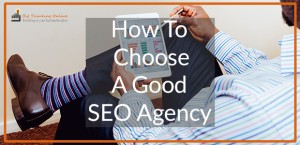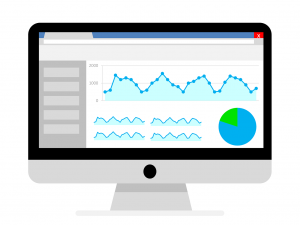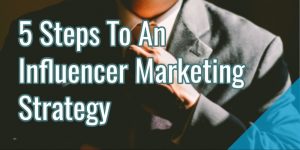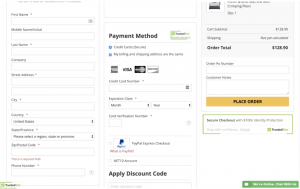Paid advertisement has been a staple of modern marketing for the past one-hundred years. Seriously, the tobacco industry virtually created the modern ad industry as we know it in the early 1900s. Obviously, a lot has changed since then, especially with the formation of the Internet (and the World Wide Web) around 1990. In 2007, Facebook introduced Facebook Ads, changing the marketing game forever. Since then, brands have shifted their marketing efforts to social and digital, with Facebook and Google taking the lion’s share of digital ad spend.
The omnipresence of technology like smartphones and IoT, combined with faster connections due to fiber, 4G, and now 5G, meant a data explosion took place (and is taking place). We’re all putting out huge amounts of data every single day, which enables paid ad networks to capitalize on this data to hyper-target users. And boy, have they really capitalized on it. The Internet and social platforms are now flooded with paid ads, and combined with the fact that our attention spans are decreasing, this means greater and greater competition for advertisers over less and less user attention. Further, most Internet users suffer from “banner blindness,” which basically means they don’t pay attention to the ads in the first place.
Many of the remaining users are using ad-blockers, which means that at the end of the day, a lot of your ad “clicks” are actually coming from bots and click-farms. To make matters worse, ad networks like Facebook have abused the trust of their users time and time again, leading to a whopping 44% of Gen Z users deleting Facebook from their phone. Ultimately, paid ads have hit a major downward spiral, with privacy issues, diminished user trust, banner blindness, ad-blockers, over-saturation, and more all combining to make them an ever less-effective marketing strategy.
However, just as paid ads have evolved, other marketing strategies like Word-of-Mouth have evolved alongside it. Every day, there are around 2.1 billion brand impressions by Word-of-Mouth alone – it’s the most effective and highest converting marketing strategy in the world, period.
But in order for Word-of-Mouth to be an effective digital strategy, it has to overcome a lot of the same issues that have plagued paid ads: Mainly a lack of user trust.
The allure of paid ads is clear: They come with the promise that you can shovel in more money to get more clicks, but it’s easy to forget that the quality and authenticity of those clicks are crucial. If those clicks are irrelevant, or even worse, from bots and click-farms, then they’re just wasted ad-spend. Solving the problem of authenticity is where Word-of-Mouth comes in, but it seems that many marketers and platforms have forgotten this alternative, blinded by a romanticized view of paid ads.
Digital & Social Articles on Business 2 Community
(50)
Report Post




